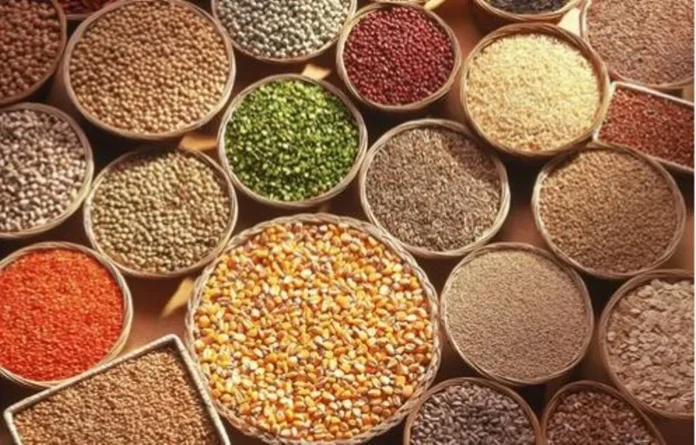Millets, known for their nutritional richness and versatility, have emerged as a beneficial dietary option for managing diabetes and preventing sugar spikes. With a variety of millets available, including sorghum, proso millet, pearl millet, foxtail millet, finger millet, browntop millet, barnyard millet, and little millet, individuals have numerous delicious ways to incorporate these grains into their meals.
Sorghum millet, also known as jowar, is a popular choice for those managing diabetes due to its low glycemic index and high fiber content. Similarly, proso millet, pearl millet, and foxtail millet offer similar benefits, making them excellent alternatives to refined grains for individuals looking to control their blood sugar levels.
Finger millet, commonly known as ragi, is particularly renowned for its exceptional nutritional profile, containing significant amounts of calcium, iron, and dietary fiber. Its slow-digesting nature helps regulate blood sugar levels, making it an ideal choice for diabetic individuals.
Brown top millet and barnyard millet are also valuable additions to a diabetic-friendly diet, providing essential nutrients while helping to maintain stable blood sugar levels. Likewise, little millet, also known as moraiyo, offers a plethora of health benefits and can be included in various dishes to support overall well-being.
Millets have been an integral part of Indian cuisine for centuries, valued for their resilience to harsh growing conditions and their ability to thrive in arid and semi-arid regions. Recognized as “nutri-cereals,” millets boast high nutritional content, including vitamins, minerals, and antioxidants, making them an excellent dietary choice for promoting health and preventing diseases like diabetes.
India is actively promoting millets both domestically and internationally, highlighting their immense health benefits and nutritional value. As more people become aware of the advantages of incorporating millets into their diets, there has been a growing interest in exploring innovative and delicious ways to consume these grains.
In addition to their benefits for managing diabetes, millets also contribute to overall health and well-being in various ways. One notable advantage of millets is their high fiber content, which promotes digestive health by preventing constipation and supporting regular bowel movements. Fiber also plays a crucial role in controlling cholesterol levels, reducing the risk of heart disease, and improving satiety, helping individuals maintain a healthy weight.
Moreover, millets are rich in essential nutrients such as vitamins and minerals, including iron, magnesium, phosphorus, and B vitamins. These nutrients are vital for various bodily functions, including energy metabolism, bone health, and immune system function. Incorporating millets into the diet can help individuals meet their daily nutritional requirements and support overall vitality and resilience.
Another notable aspect of millets is their gluten-free nature, making them suitable for individuals with gluten intolerance or celiac disease. Gluten-free diets have gained popularity in recent years due to increased awareness of gluten-related health issues. Millets provide a safe and nutritious alternative to gluten-containing grains, allowing individuals with gluten sensitivity to enjoy a diverse range of foods without compromising their health.
Furthermore, millets are environmentally sustainable crops, requiring less water and resources compared to other grains like rice and wheat. Their ability to thrive in diverse agro-climatic conditions makes them an excellent option for promoting food security and agricultural sustainability, particularly in regions prone to drought and water scarcity.
Incorporating millets into the diet can be both delicious and easy, thanks to their versatility and adaptability to various culinary styles. From savory dishes like pilafs, biryanis, and porridges to sweet treats like desserts and puddings, millets can be used in a wide range of recipes to add flavor, texture, and nutritional value.
Some popular ways to enjoy millets include preparing them as breakfast cereals, mixing them into soups and stews, or using them as a base for salads and grain bowls. Millet flour can also be used in baking to make bread, pancakes, and cookies, offering a wholesome alternative to refined wheat flour.
As individuals become more health-conscious and seek out nutritious dietary options, millets are gaining recognition as a valuable addition to a balanced and wholesome eating pattern. With their myriad health benefits, environmental sustainability, and culinary versatility, millets are poised to play a prominent role in shaping the future of global food systems.

